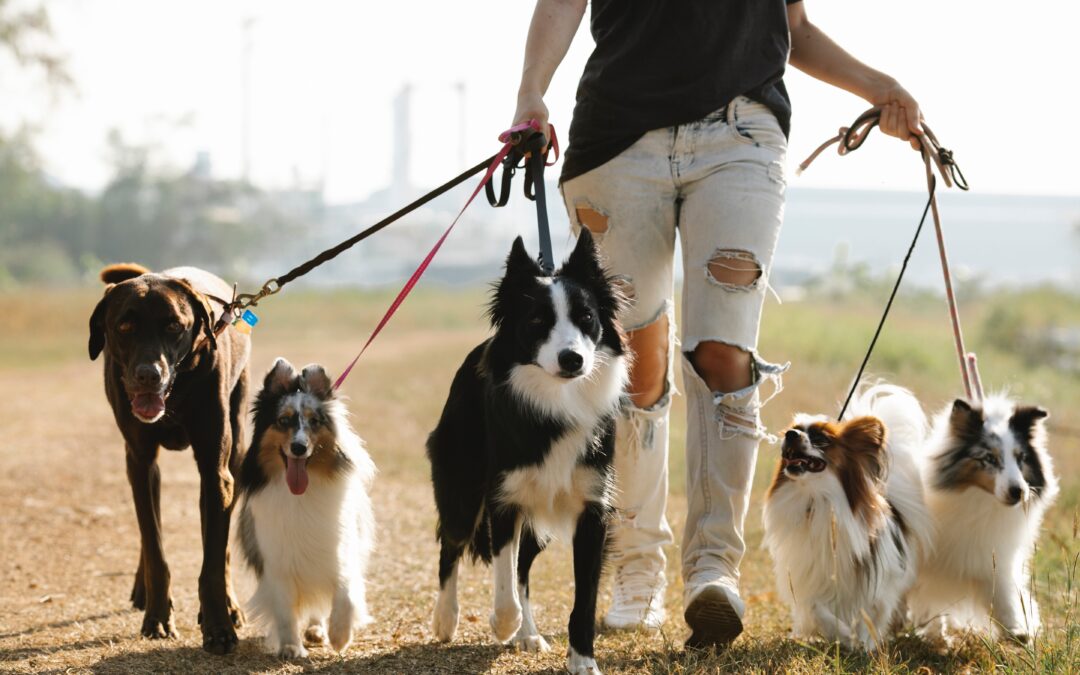Many of us have adopted dogs during the pandemic. Being stuck in the house all day becomes a lot more entertaining when there’s a puppy around! However, puppies are a full-time responsibility and require supervision, upkeep, and of course, lots of love and affection. One milestone to expect is the ins and outs of teething. Teething is the action of biting or chewing on objects to relieve pain as their adult teeth grow in.
Your puppy most likely went through the initial stages of teething before arriving at your home. Between 2 and 4 weeks old, their puppy teeth first appear.
At three to four months old, prime puppy-teething usually begins and can last for two to three months. Your pup’s adult canines will start to come in and replace the puppy ones. Don’t be alarmed if you don’t find the original puppy teeth around the house. Many pups just swallow them as their adult teeth appear.
Puppies will chew on people, furniture, and other objects (including ones you value) that are within their reach; this is part of normal puppy behavior. Dogs learn much about the world around them through how things feel, and a dog’s main means of touching and grabbing things is with its mouth.
This tendency is particularly pronounced in breeds known to be “mouthy,” such as retrievers. Chewing also seems to alleviate what is assumed to be discomfort associated with the teething process.
Always read the manufacturer’s guidelines to make sure the toy is appropriate for your dog’s age and size, and that it’s been tested for safety.
No matter what toy you select for your puppy, it’s important to watch them when they play, and to check the toys occasionally to make sure your puppy hasn’t bitten off any chunks. Discard your puppy’s toy if it appears to be nearing its breaking point.
If you feel like you’re having some difficulty reading your dog and providing the best solution, don’t panic. Every dog is different. Have patience and keep trying. Don’t hesitate to discuss any teething questions or concerns with your veterinarian, especially if complications arise with your puppy’s teeth or overall health. With lots of love and attention, you’ll help make this transition as smooth and painless as possible for both you and your newest family member.
Excessive chewing behavior seems to subside around 18 months of age but will continue to some degree, depending on the dog, for his or her whole life. Remember that chewing, licking, and mouthing are normal behaviors for dogs as a way of exploring and learning, and carrying objects from one place to the next. If chewing is excessive or aggressive, consult your veterinarian for behavior modification advice.
Teething toys soothe your puppy, while giving you an opportunity to teach them what they can and can’t chew on. For instance, don’t give your dog toys that resemble taboo items, like a squeaky shoe toy. Size is also an important consideration, as toys made for the small mouths of an 8-to-10-week-old puppy may cause a 6-to-9 month-old to choke.
More Village Barker

How to Prevent Fleas
Flea prevention is an essential part of maintaining the health and well-being of dogs. Fleas are external parasites that can cause various problems, such as itching, skin irritation, and even...

Twelve Amazing Facts about Dogs
Dogs communicate through body language: Dogs use various body language cues to communicate their feelings and intentions. Tail wagging, ear position, facial expressions, and body posture are...

